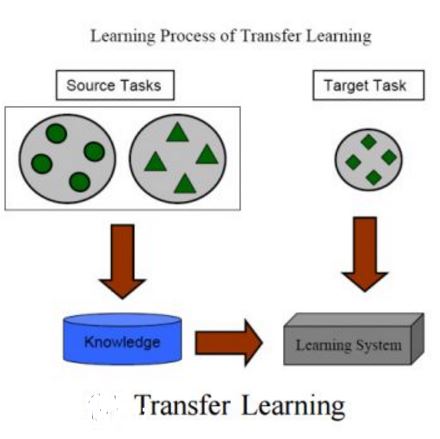Parameter-efficient transfer learning (PETL) based on large-scale pre-trained foundation models has achieved great success in various downstream applications. Existing tuning methods, such as prompt, prefix, and adapter, perform task-specific lightweight adjustments to different parts of the original architecture. However, they take effect on only some parts of the pre-trained models, i.e., only the feed-forward layers or the self-attention layers, which leaves the remaining frozen structures unable to adapt to the data distributions of downstream tasks. Further, the existing structures are strongly coupled with the Transformers, hindering parameter-efficient deployment as well as the design flexibility for new approaches. In this paper, we revisit the design paradigm of PETL and derive a unified framework U-Tuning for parameter-efficient transfer learning, which is composed of an operation with frozen parameters and a unified tuner that adapts the operation for downstream applications. The U-Tuning framework can simultaneously encompass existing methods and derive new approaches for parameter-efficient transfer learning, which prove to achieve on-par or better performances on CIFAR-100 and FGVC datasets when compared with existing PETL methods.
翻译:现有调试方法,如快速、前置和适配器,对原始结构的不同部分进行任务特有的轻量调整,但仅对预选模式的某些部分生效,即仅对进料前推进层或自留层生效,使其余的冷冻结构无法适应下游任务的数据分布。此外,现有结构与变压器紧密结合,妨碍了参数效率的部署和新方法的设计灵活性。在本文件中,我们重新审视了PETL的设计范式,并为参数效率转让学习制定了统一的框架UTuning,该框架由使用冻结参数的操作和统一调控器组成,以适应下游应用的操作。U-Turning框架可以同时包括现有方法,并得出参数效率转让学习的新办法,这证明在CIFAR-100和FGVC数据设置上,与现有的PETL方法相比,可以实现平行或更好的性能。</s>


